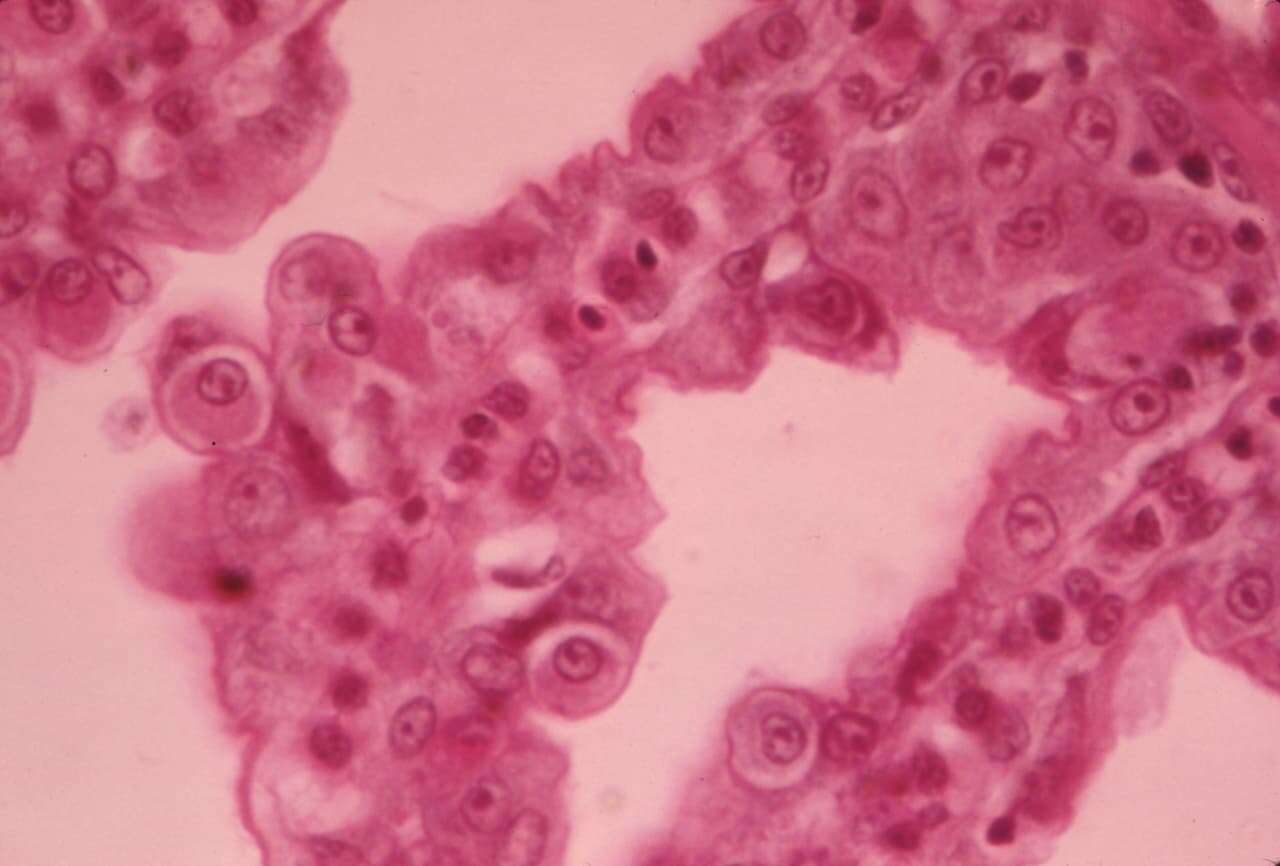Researchers have made a significant breakthrough in understanding how mercury transforms into methylmercury, a toxic compound that accumulates in fish and shellfish. This process concentrates the toxin as it moves up the food chain, posing severe health risks to humans and wildlife.
Even tiny amounts can cause permanent brain damage, particularly in unborn babies and children. For decades, scientists have sought effective ways to address this contamination, but no solutions have succeeded.
Revealing SAM’s role in transforming mercury
Researchers at the Stanford Synchrotron Radiation Lightsource (SSRL), part of the SLAC National Accelerator Laboratory, uncovered a key player in the process.
Using high-energy X-rays, they found that S-adenosyl-L-methionine (SAM) plays a crucial role in transforming mercury into methylmercury. This discovery challenges the long-held belief that another molecule, methyltetrahydrofolate, was responsible.
Dr. Riti Sarangi, a scientist at SSRL, highlighted the importance of understanding this transformation, saying that without knowing how mercury turns into its most dangerous form, it’s impossible to create effective strategies to reduce it in our ecosystems.

The challenge of HgcAB
Central to this transformation is HgcAB, a protein in certain microbes that enables mercury to convert into methylmercury. However, studying HgcAB has been notoriously difficult. The protein is fragile, found in tiny amounts, and sensitive to light and oxygen, making it challenging to handle in laboratory settings.
After a decade of work, a team led by Professor Steve Ragsdale at the University of Michigan developed a method to stabilize and purify the protein.
This breakthrough allowed researchers to transport it to SSRL, where they examined it using X-ray absorption spectroscopy. The technique provided detailed insights into the molecular process without damaging the sensitive protein.
Implications for environmental safety
During their experiments, scientists confirmed that SAM supplies the methyl group necessary for mercury’s transformation. This revelation not only clarifies the biochemical mechanism but also opens the door to potential solutions.
Ragsdale suggested that researchers could develop SAM-like molecules to block the conversion of mercury into methylmercury. He said that these analogs could disrupt the process and reduce methylmercury levels in aquatic ecosystems and food.
Future prospects towards healthy outcomes
While the discovery marks significant progress, challenges remain in translating these findings into practical applications. However, experts believe the research offers a promising path forward.
Limiting methylmercury production could improve public health outcomes, particularly for vulnerable populations, and protect aquatic ecosystems from further contamination.
The findings on how fish accumulate mercury, published in the Proceedings of the National Academy of Sciences, represent a critical step toward addressing one of the most persistent environmental health issues. Scientists hope their work will lead to innovative strategies that safeguard both the environment and food supplies.
This post was originally published on here






